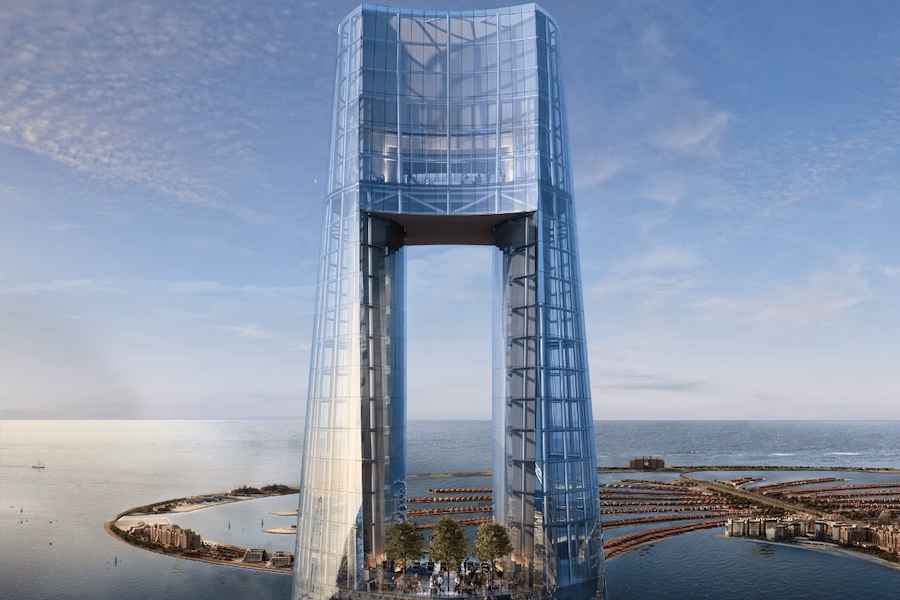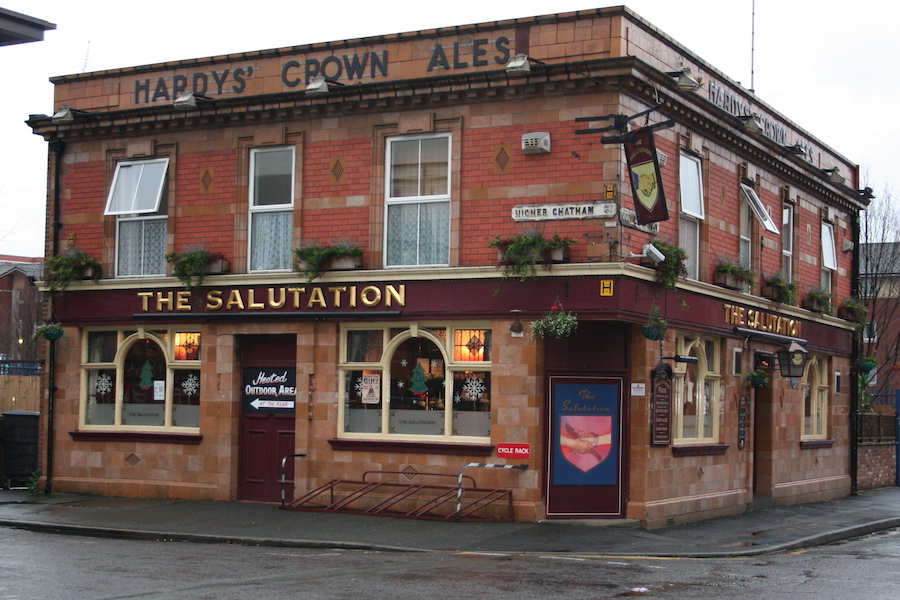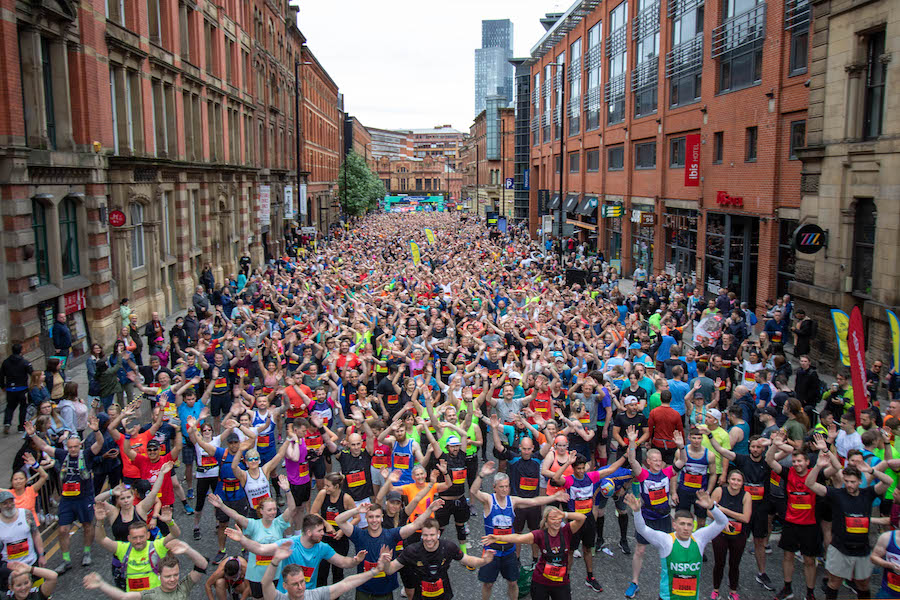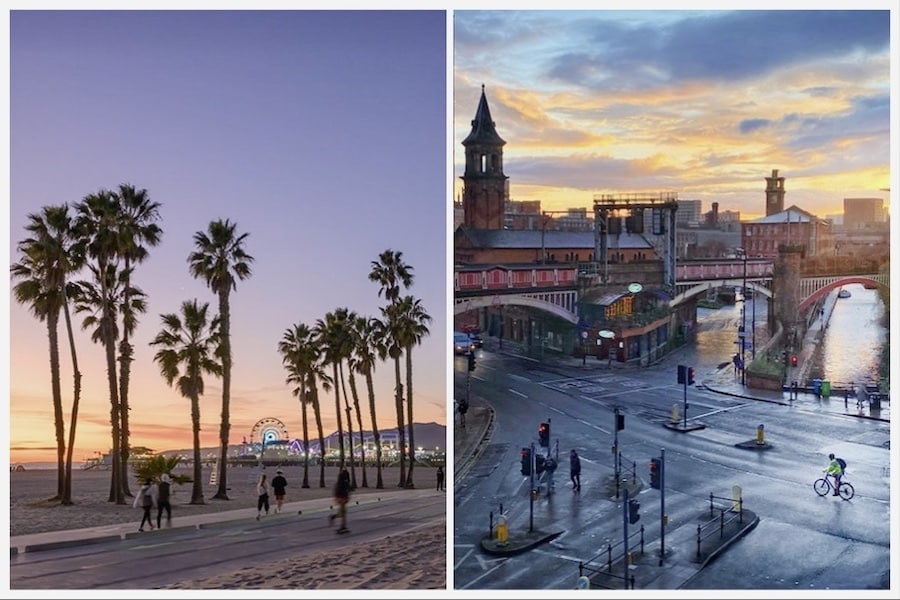Archaeologists uncover stunning remains of Mayfield Baths
- Written by Louise Rhind-Tutt
- Last updated 4 years ago
- History
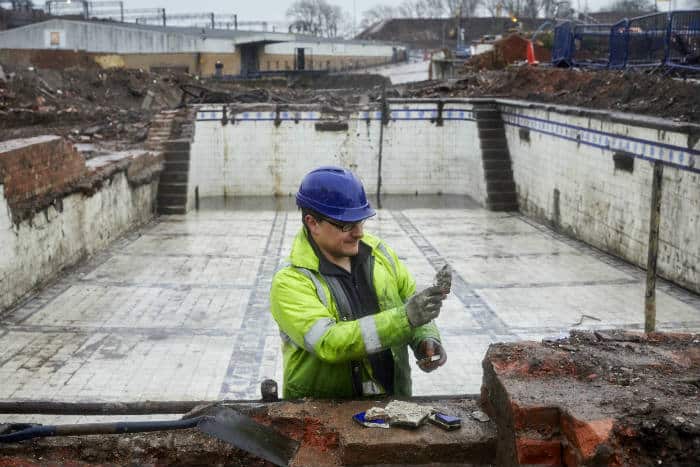
Mayfield Baths, opened in 1857 on what is now Baring Street, were a vital public amenity at the centre of Manchester’s textiles industry.
The public baths provided workers and residents – many living in grim, crowded conditions – with access to running water for both bathing and laundry.
Featuring male and female pools (the largest measuring 62ft), family wash rooms and laundry facilities, the building suffered bomb damage during World War II and was subsequently demolished.
But now, a team of archaeologists from the University of Salford is conducting painstaking excavation work on behalf of the Mayfield Partnership to fully document the remains of baths.
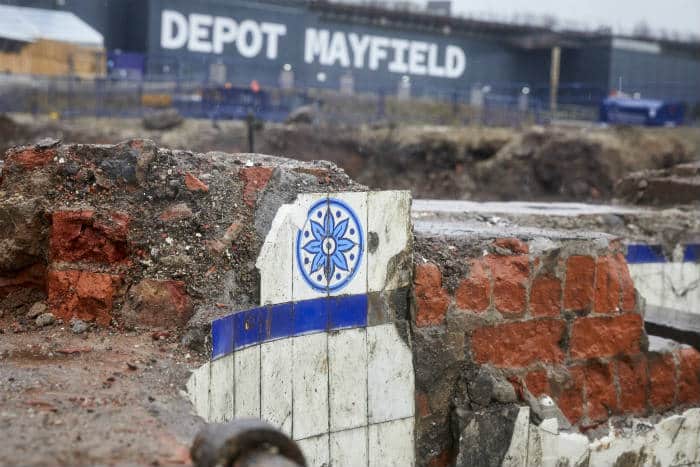
Their work will allow historians to learn more about life during the industrial revolution.
Through machine excavation and meticulous hand digging, the team has uncovered the remains of two large tiled pools as well as parts of boilers, flues and pumps which were used to heat and circulate water around the pools and laundry rooms.
The archaeologists are using 3D laser scanning and low level drone photography to produce an accurate, detailed record of the findings which will later be combined with historical documents and CAD software to produce digital drawings, in a process known as ‘preservation by record’.
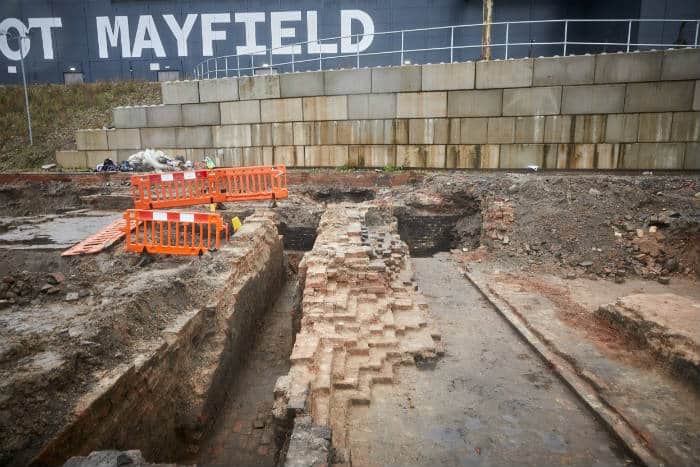
“The Mayfield bathhouse is a fascinating example of the social and public health advancements that came about during the industrial revolution,” said Graham Mottershead, project manager at Salford Archaeology.
“As the city’s population boomed with factory workers, crowded and substandard living conditions gave rise to the spread of cholera and typhoid.
“For those living and working around Mayfield the Mayfield Baths would have been a vital source of cleanliness and hygiene.
“The sheer pace of change and innovation during the industrial revolution means many advancements were not recorded.
“Excavations like this help us to learn a great deal about what is arguably the most important period of human history and, in the case of Mayfield, a location that is so very relevant to the heritage of the people of Manchester”.
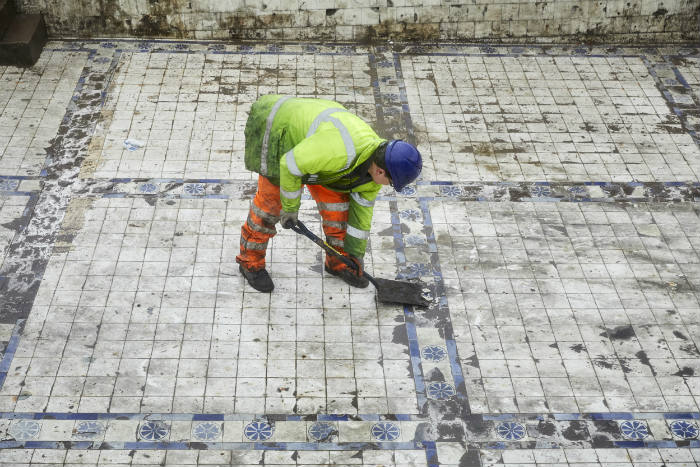
The excavation is part of the work to create the new 6.5-acre Mayfield Park, a sustainable public amenity for the people of the city and Greater Manchester.
The park will be created along the rediscovered and rejuvenated banks of the River Medlock, which is currently buried, but will wind through the 24-acre site next to Piccadilly Station.
Overall, the Mayfield regeneration scheme – one of the largest in the UK – is set to transform a previously derelict part of Manchester’s industrial heritage to deliver 1,500 homes, 1.6m sq ft of market-leading commercial space, 300,000 sq ft of retail and leisure facilities and 14 acres of new public realm.
Among the new buildings created at Mayfield will be a homage to the Mayfield Baths.
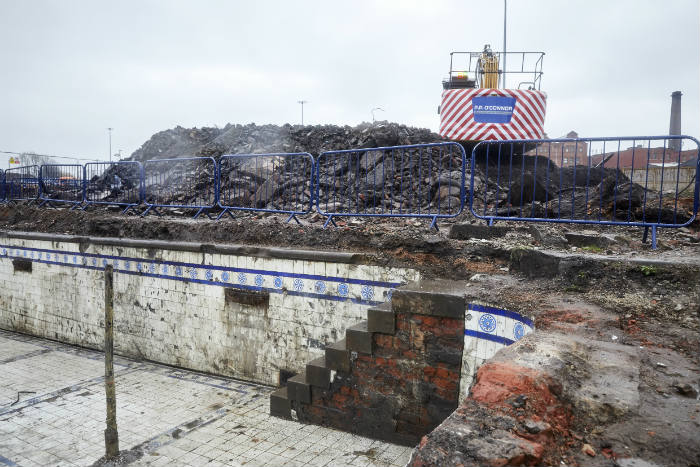
The Poulton, a 75,900 sq ft commercial building, is named after George Poulton who became famous in the 1850s as a promoter of public health at the Mayfield Baths, giving swimming lessons and encouraging the public to understand the health benefits of regular bathing.
The foyer of the building has been designed to echo the scale of the Mayfield Baths.
The park and new commercial spaces at Mayfield will sit alongside a range of historic buildings, including the landmark former station on Fairfield Street, which are being retained and redeveloped as part of the wider regeneration plans.
The vast depot building has already been transformed into a new cultural venue, Depot Mayfield, which contributed to bringing 330,000 visitors to Mayfield in 2019, after more than 30 years of decline.
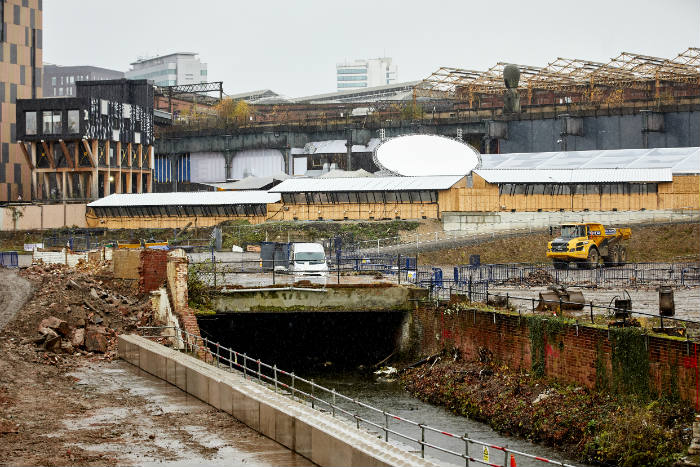
“During the industrial revolution, Mayfield was regarded as a city within a city – a busy hub of print and dye works at the epicentre of the British textiles industry,” said Richard Upton, Chief Development Officer at U+I.
“We’re inspired by that legacy and we want the people who work, live, and play in Mayfield to feel that spirit of community and industriousness.
“The remains of the Mayfield Baths are a reminder of the scale of activity and life that once existed at Mayfield and which will be brought back by its soulful regeneration.
“Just as the Baths played an important role in the well-being of those who lived and worked around Mayfield, the new public park will be a sustainable and transformative public amenity for the people of Manchester long into the future.”
- This article was last updated 4 years ago.
- It was first published on 8 January 2021 and is subject to be updated from time to time. Please refresh or return to see the latest version.
Did we miss something? Let us know: [email protected]
Want to be the first to receive all the latest news stories, what’s on and events from the heart of Manchester? Sign up here.
Manchester is a successful city, but many people suffer. I Love Manchester helps raise awareness and funds to help improve the lives and prospects of people across Greater Manchester – and we can’t do it without your help. So please support us with what you can so we can continue to spread the love. Thank you in advance!
An email you’ll love. Subscribe to our newsletter to get the latest news stories delivered direct to your inbox.
Got a story worth sharing?
What’s the story? We are all ears when it comes to positive news and inspiring stories. You can send story ideas to [email protected]
While we can’t guarantee to publish everything, we will always consider any enquiry or idea that promotes:
- Independent new openings
- Human interest
- Not-for-profit organisations
- Community Interest Companies (CiCs) and projects
- Charities and charitable initiatives
- Affordability and offers saving people over 20%
For anything else, don’t hesitate to get in touch with us about advertorials (from £350+VAT) and advertising opportunities: [email protected]
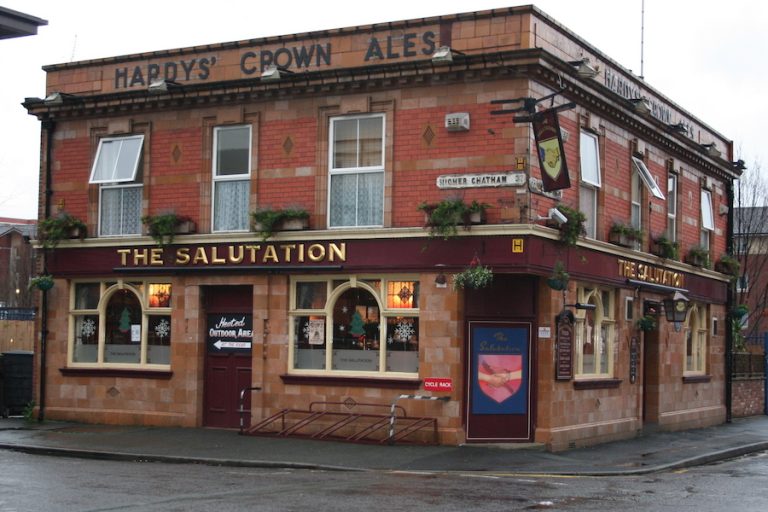
Exploring the fascinating history of one of Manchester’s most historic pubs

Ukranian artist studying in Manchester shares inspiring message about living life to the full

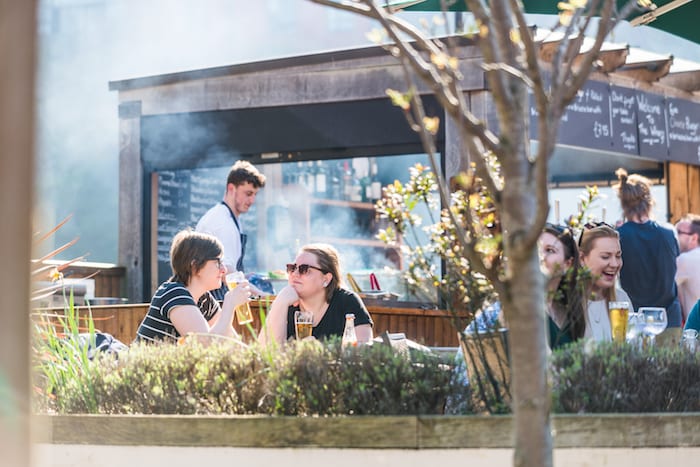
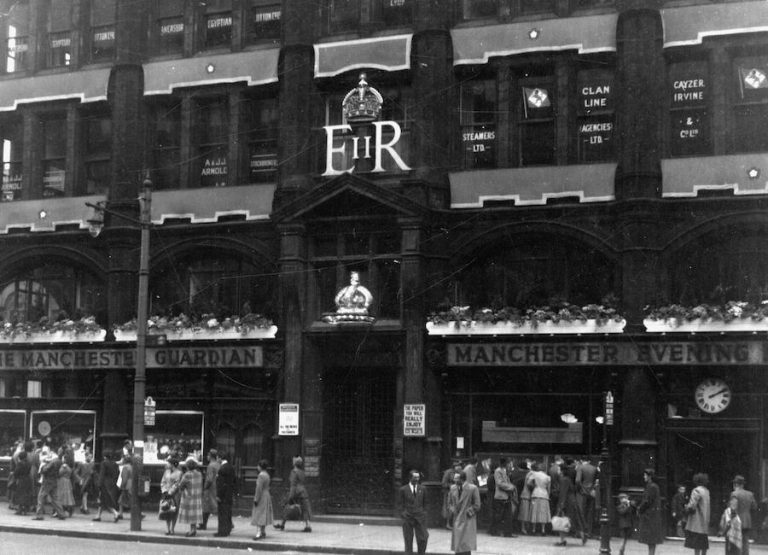
How Manchester’s turbulent past shaped a global icon of journalism







